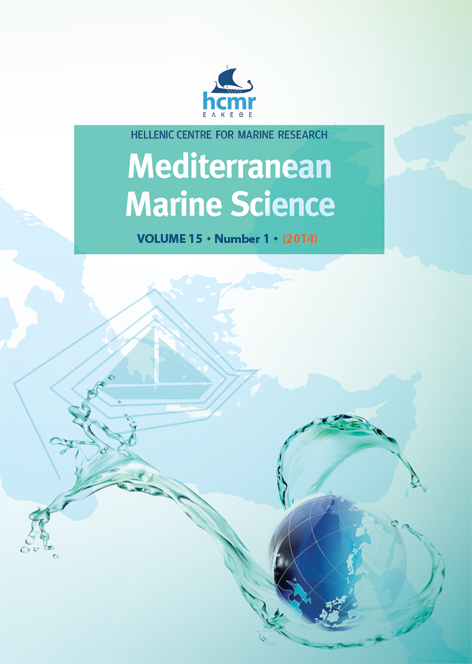Distribution of marine viruses in the Central and South Adriatic Sea
Аннотация
The seasonal distribution of marine viruses and their relationship with heterotrophic bacteria in the coastal and offshore area of the central and southern Adriatic were studied. Additionally, the percentage of high (HNA) and low (LNA) nucleic acid bacteria between the total number of bacteria and the distribution of heterotrophic nanoflagellates (HNF) as a major predator of bacteria were studied as well. The viral abundance ranged from 3.55 to 27.32 × 106 virus-like particles mL-1, and was on average 25-fold higher than bacterial abundances at all investigated stations. The highest viral abundances were found at coastal stations, especially in the area influenced by the rivers Krka and Jadro, whereas the lowest values were found in the open sea and in the coastal area of the southern Adriatic. No significant difference in relationship of viruses with HNA and LNA bacterial groups were established. The ratio between viruses and bacteria (VBR) was higher during the colder part of the year, which coincided with lower HNF abundance and vice versa during the warmer part of the year. This suggests that HNF grazing could be more important in controlling bacterial abundance during the warmer part of the year, and viral lysis during the colder part of the year.
Article Details
- Как цитировать
-
ORDULJ, M., KRSTULOVIĆ, N., ŠANTIĆ, D., JOZIĆ, S., & ŠOLIĆ Μ. (2014). Distribution of marine viruses in the Central and South Adriatic Sea. Mediterranean Marine Science, 16(1), 65–72. https://doi.org/10.12681/mms.911
- Выпуск
- Vol 16, No 1 (2015)
- Раздел
- Research Article
Authors who publish with this journal agree to the following terms:
- Authors retain copyright and grant the journal right of first publication with the work simultaneously licensed under a Creative Commons Attribution Non-Commercial License that allows others to share the work with an acknowledgement of the work's authorship and initial publication in this journal.
- Authors are able to enter into separate, additional contractual arrangements for the non-exclusive distribution of the journal's published version of the work (e.g. post it to an institutional repository or publish it in a book), with an acknowledgement of its initial publication in this journal.
- Authors are permitted and encouraged to post their work online (preferably in institutional repositories or on their website) prior to and during the submission process, as it can lead to productive exchanges, as well as earlier and greater citation of published work (See The Effect of Open Access).







